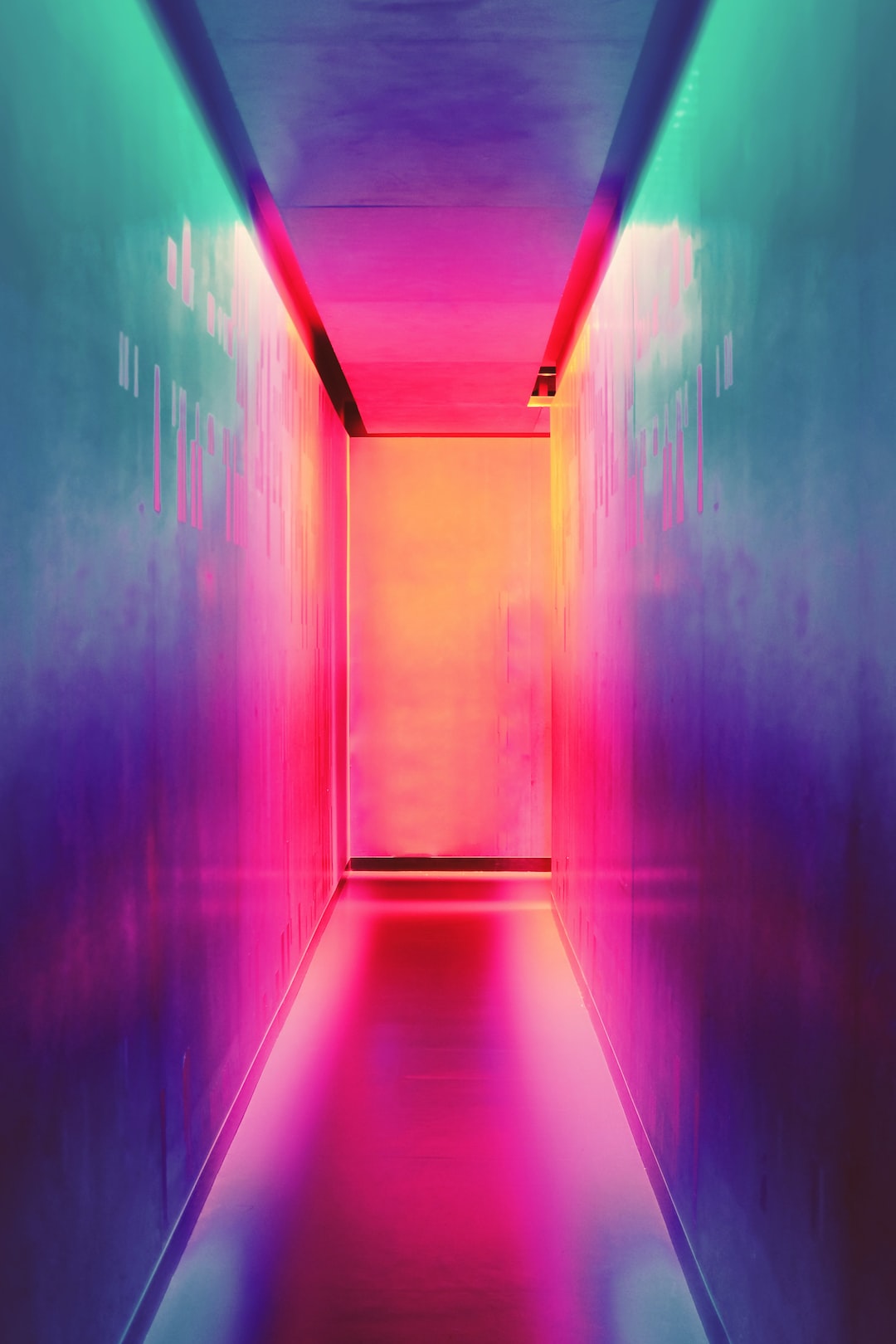The Intersection of Art and Technology in Digital Design
In today’s digital age, art and technology have become inseparable. Digital design has emerged as a powerful medium that brings together the creative aspects of art and the technical aspects of technology. It bridges the gap between traditional art forms and the modern digital world, offering limitless possibilities and sparking new forms of artistic expression.
One of the most intriguing aspects of this intersection is how technology has revolutionized the creative process. With software programs like Adobe Photoshop and Illustrator, artists now have a digital canvas that allows them to experiment, make mistakes, and iterate their ideas quickly. The ability to manipulate colors, textures, and shapes with just a few clicks has opened up a whole new world of possibilities for artists to push the boundaries of their creativity.
Another exciting development is the integration of virtual reality (VR) and augmented reality (AR) into the realm of digital design. Artists can now create immersive experiences that blur the lines between the physical and virtual worlds. With VR, viewers can step into a digital environment and interact with the artwork in ways that were once unimaginable. AR, on the other hand, allows artists to overlay digital elements onto the real world, creating interactive and dynamic experiences for viewers.
Furthermore, advancements in 3D modeling and printing have transformed the way artists create physical objects. By using specialized software, artists can design intricate and complex forms that were previously impossible to achieve by hand. These models can then be 3D printed, bringing them from the digital realm into the physical realm. This integration of art and technology has democratized the process of creating physical objects, allowing artists to turn their digital designs into tangible creations.
Additionally, the rise of social media and online platforms has given artists a global stage to showcase and promote their work. Artists can now reach a wider audience, connect with like-minded individuals, and collaborate with others regardless of geographical barriers. Platforms like Instagram, Behance, and Dribbble have become virtual galleries, allowing artists to share their work with the world and receive instant feedback from their peers. These digital platforms have not only expanded the reach of artists but have also fueled a sense of community and collaboration within the creative industry.
Despite the many advantages of the intersection of art and technology in digital design, some argue that it takes away the human touch and authenticity from traditional art forms. However, it is important to note that technology is merely a tool. Just like a paintbrush in the hands of a painter, technology should be seen as an extension of the artist’s creativity. It offers new ways of expression but does not diminish the value and uniqueness of traditional art forms.
In conclusion, the intersection of art and technology in digital design has opened up a world of possibilities for artists to explore and innovate. The ability to manipulate digital mediums, create immersive experiences, and bring digital designs into the physical realm has transformed the creative process. Furthermore, the integration of social media platforms has given artists a global stage to share their work and connect with other creatives. As technology continues to evolve, it will undoubtedly push the boundaries of art and design even further, shaping the future of artistic expression.

